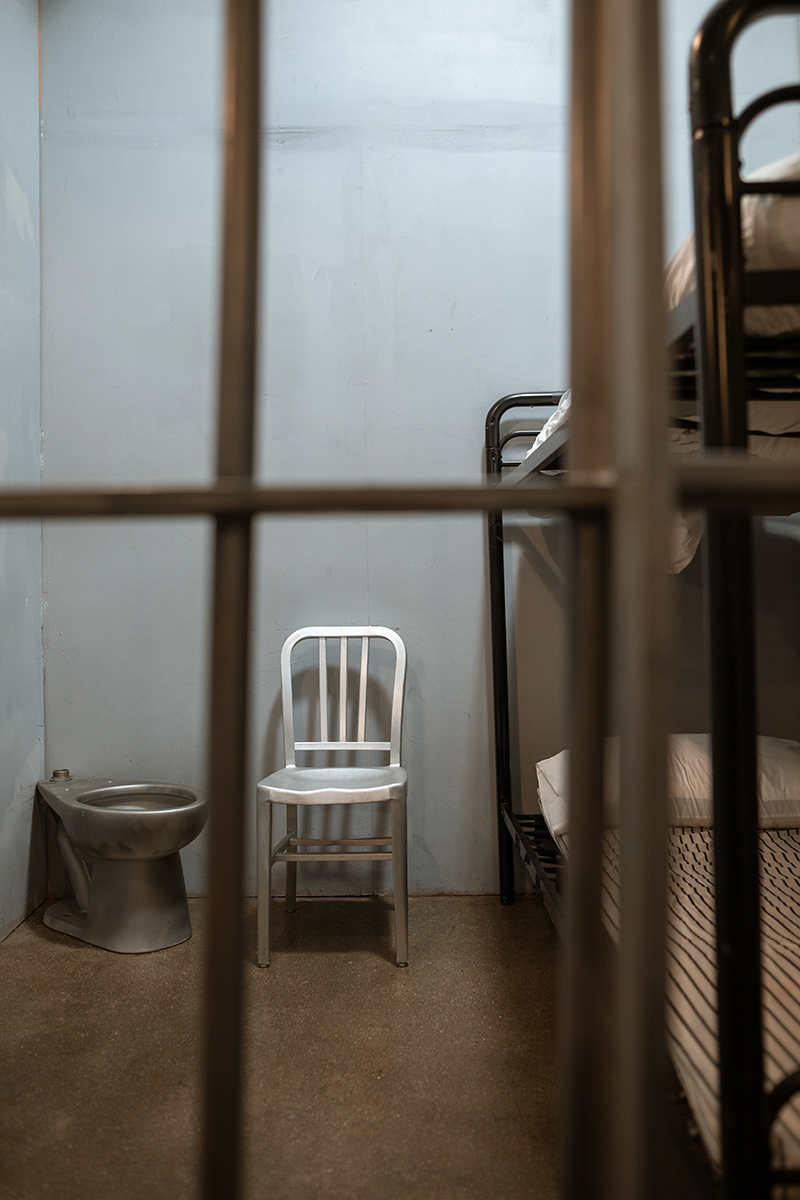Critics of the California (and presumably the entire US) correctional system) often point out that Norwegian correctional staff are not armed, and mix freely with inmates. Inmates attend religious services, practice yoga, sports, vocational skills, attend classes, and officers do not use martial terms or ranks.
California’s facilities offer many of the same activities and programs (although it varies by institution) and admittedly our institutions are ugly but functional. The soon to be closed training facilities in Soledad and Susanville offered programs for inmates in agriculture, auto shop, furniture making, computer repair, culinary, and operated a dairy. Like in Norway, low risk inmates are routinely allowed outside of secure areas for inmate worker jobs, and the inmate contribution to firefighting in California is well known. California’s inmates and staff also mix freely with the exception of armed officers who staff towers as well as officers outside of the fence line.
Of course, these are privileges that have to be earned and CDCR has a well-developed “point system” that assigns inmates points based on their commitment offense and propensity for violence known as classification. Even serious offenders can lower their point counts by avoiding criminal and rule violations, and murderers can find themselves in lower security level institutions accessing the privileges therein.
Despite images of comfortable prison housing more akin to upper class college dormitories, communal kitchens, and yoga rooms, Norway does make use of solitary confinement to protect inmates from harm. According to an exhaustive study by Yale University, California ranks 39th out of 50 states with 1.2 percent of inmates in “restrictive housing” at any given time for a total in 2021 of 1,182. Conversely in Norway in 2020 (the last year of available statistics), there were 13 offenders in “exclusion housing” that lasted more than 42 days, – up from 6 in 2015. A difference between California and Norway of just .08 percent.
In both systems, many of the inmates choose restrictive housing for personal reasons.
I do not contend that prison life is not without its challenges and dangers. Extortion, sexual assault, gang activity, and violence can and do occur. While the homicide and suicide rates in CDCR exceed those rates on the outside, the overall mortality rate in prison is actually significantly lower than for the rest of Californians. An inmate in prison has less of a chance of a violent death in prison than on the streets of Oakland and free medical care.
Yet prisonization is real. The longer an inmate is incarcerated the more challenging life will be for them on the outside and outside – and with the exception of lifers, – they will be. It is critically important that we, as a people, do not mess this up.
Recidivism comparisons are only one data point. A complete comparison of criminal codes, police staffing, crime clearance rates, measures of effective prosecution, and the political, social, and perhaps the most important – the sometimes-viral social media landscape that seems to drive little but rancor – makes a survey of the Norwegian justice system incomplete and a recidivism comparison out of context without deeper analysis.
At best recidivism is a good point of departure for a larger conversation. Without that conversation it is a dangerous political distraction. The Governor and the Advisory Council should consider this before recommending an expensive and potentially doomed experiment that will push us deeper into debt and in even more criminal peril.
Steve Smith is the author of the brief on California’s growing crime problem, “Paradise Lost,” and is a senior fellow in urban studies at the Pacific Research Institute.

